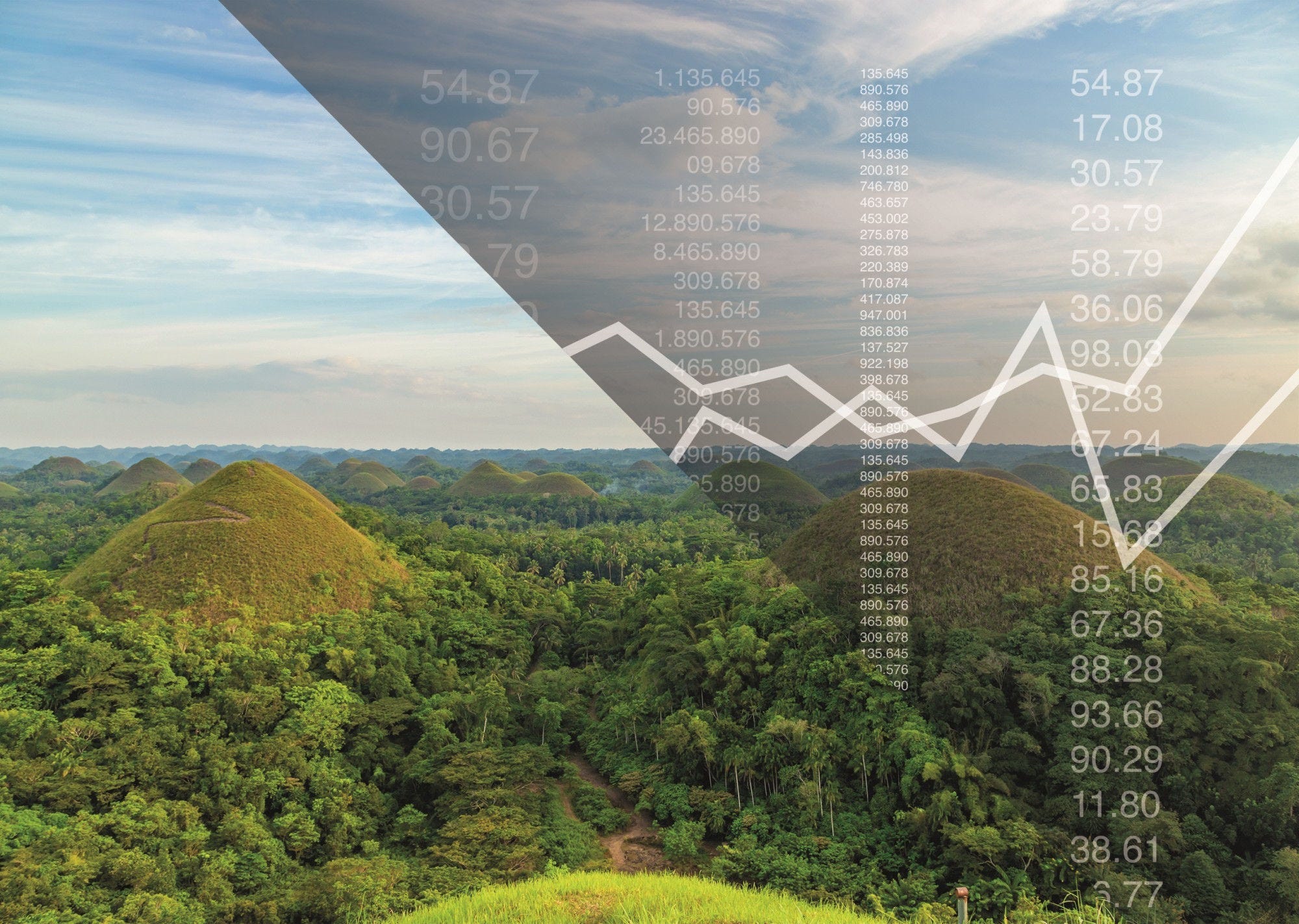The Philippines is committed to reaching 50% renewable energy in the electricity mix by 2040, while achieving economy wide energy savings of 24% over the same period. Reaching these targets will require substantial efforts in the power sector and energy efficiency sector. The government recognises that the high investment required for this transformation would rely on the pooling of domestic and international resources from both public and private sectors. To this end, since 2022, the government has enacted regulation to remove foreign direct investment (FDI) restrictions in the energy sector.
This Clean Energy Finance and Investment Roadmap of the Philippines (“the Roadmap”) outlines critical actions that the Government of the Philippines can consider to help unlock finance and investment in two clean energy sectors: (i) offshore wind; and (ii) energy efficiency in public buildings. The two sectors were identified and selected in consultation with the Philippines Department of Energy (DOE) to accelerate the country’s decarbonisation pathways.
Offshore wind can play a key role in helping the country meet its national renewable energy targets. With over 17 thousand kilometres of coastline (Philippines Information Agency, 2023[1]), the Philippines is estimated to have a technical offshore wind potential of 178 GW, none tapped so far. Offshore wind for the Philippines also means less competition for land in a densely populated country (World Bank, 2022[2]). This Roadmap proposes a comprehensive set of measures that can improve the readiness of domestic markets in the Philippines to raise the capital needed to meet the country’s offshore wind potential. Key priorities for attracting finance and boosting offshore wind investments in the Philippines include:
Designing a regulatory framework that provides the right investment signals for investors and allows for projects to get built on time, cost effectively and with maximum local benefits.
A planning and permitting process based on a one-stop shop approach that co‑ordinates the involvement of over 20 agencies nationwide.
Strategically planning for the necessary port and grid infrastructure to reliably support an emerging offshore wind market in the Philippines.
Recognising the role of finance in supporting cost reduction pathways for offshore wind and fostering synergy and collaboration between international development finance and private finance.
Energy efficiency is another key pillar of the Philippines’ strategy towards reaching its energy and climate targets. The energy efficiency market in the Philippines remains nascent and efforts are underway to promote the benefits of energy efficiency to help market scale-up. To this end, the government has adopted a strategy to lead by example and promote energy efficiency in public buildings. The Government Energy Management Program (GEMP) requires all government offices, including Local Government Units (LGUs), to reduce monthly electricity and petroleum products consumption by 10%, benchmarked against consumption averages in 2004 and 2005 (DOE, 2022[3]). To date, just under half of government entities are compliant. Key priorities for incentivising higher energy efficiency amongst LGUs include:
Revising public procurement rules to accommodate energy efficiency projects with a payback period exceeding one year, including bundled projects that offer both product and service.
Evaluating budgetary constraints of LGUs, the in-house technical knowledge and capacity that are needed to implement the National Energy Efficiency and Conservation Plan (NEECP) 2023 – 2050.
Establishing a project pipeline for energy efficiency investments in the public sector via a designated aggregator entity to attract private equity investments.
A focus on data collection and transparency that can improve the trust in the business model and improve access to funding from external non-government sources.
To maximise local content and benefit to the local communities, both offshore wind and energy efficiency sectors would need to rely on enhanced cross-government collaboration and integrated planning. Both sectors bring significant job creating potential in clean energy. As such, skills development and inclusivity are important contributors to local economic benefits. Capacity building, talent development and certification programmes for a well-trained workforce of technicians, engineers, financiers and service providers can help to accommodate a vibrant supply chain in the Philippines.
